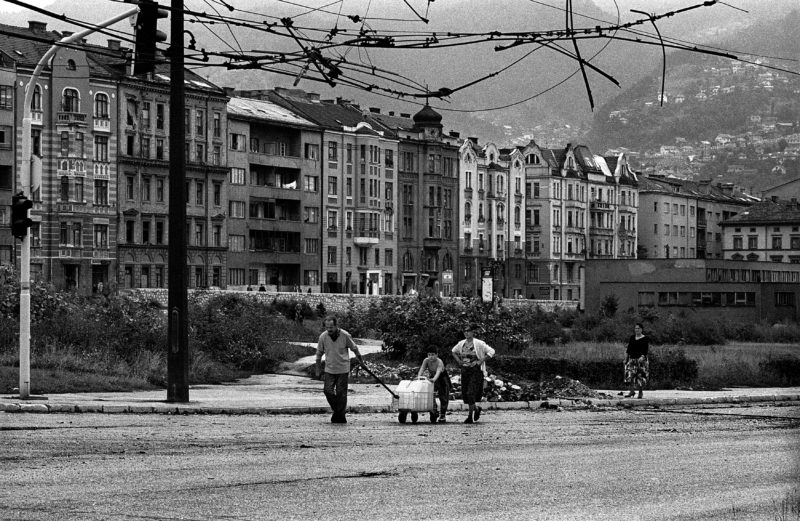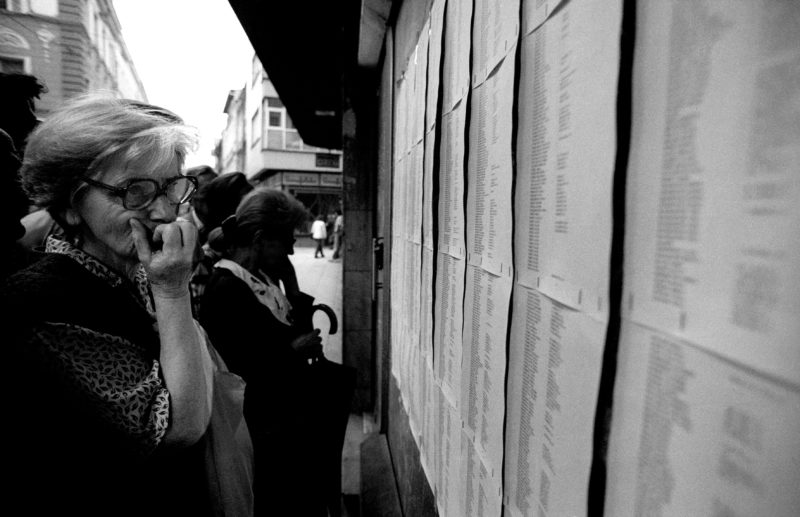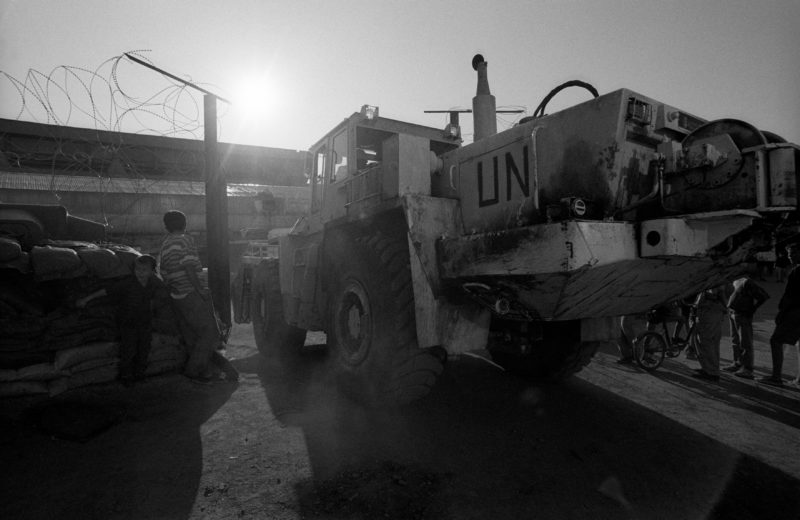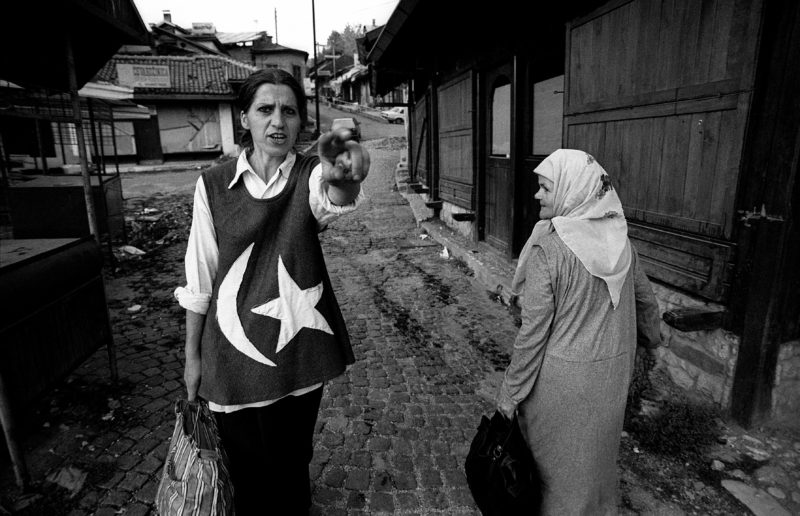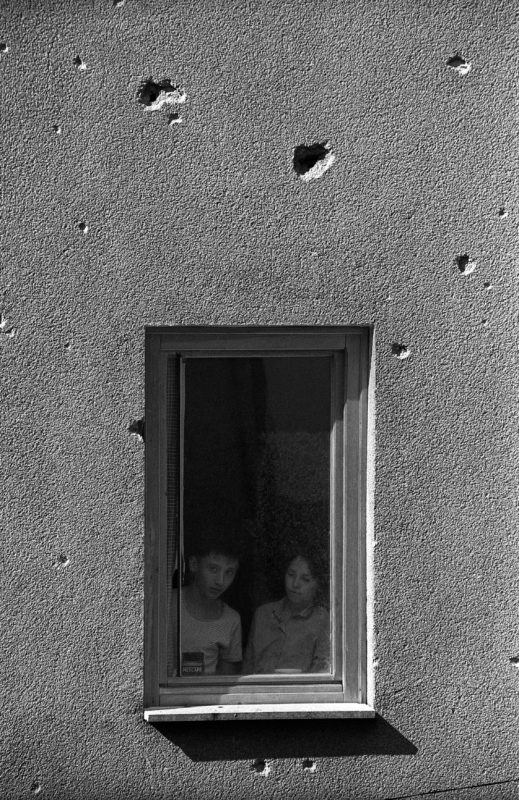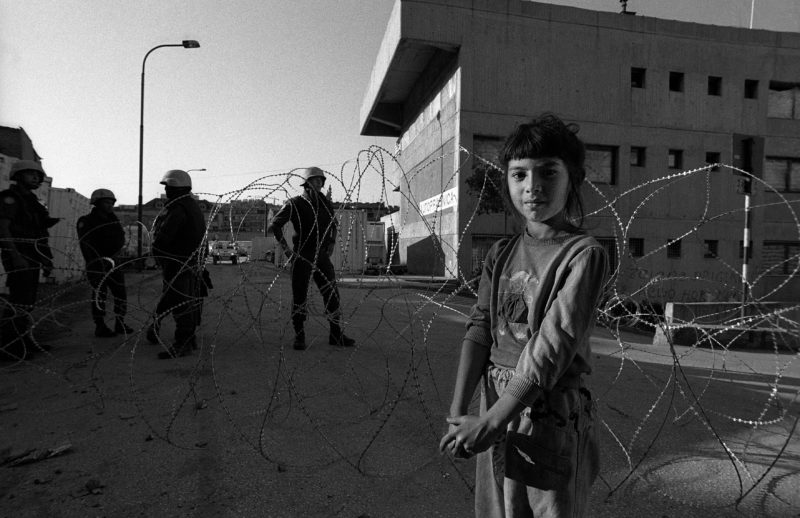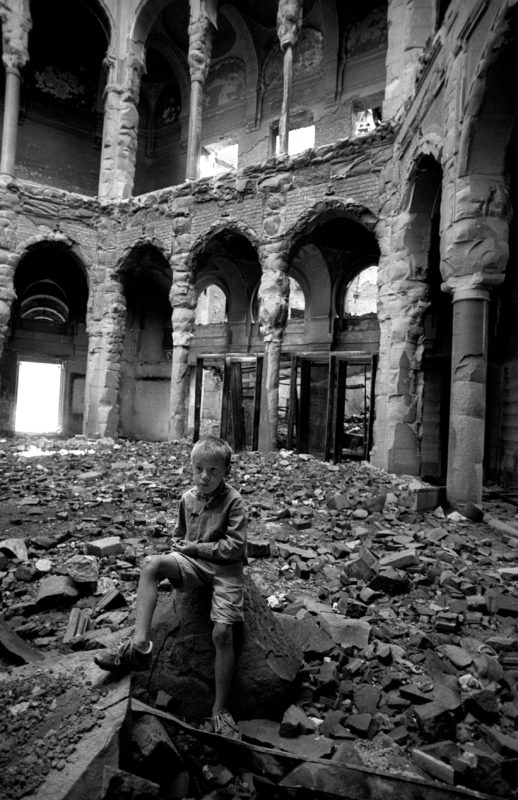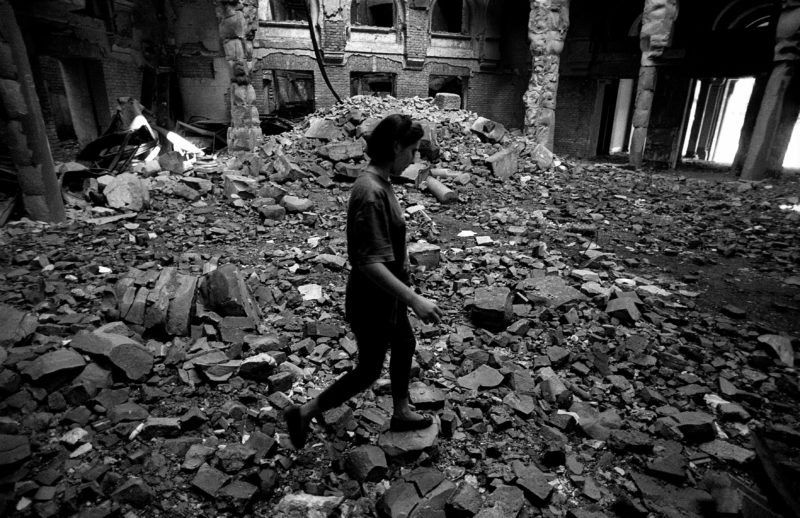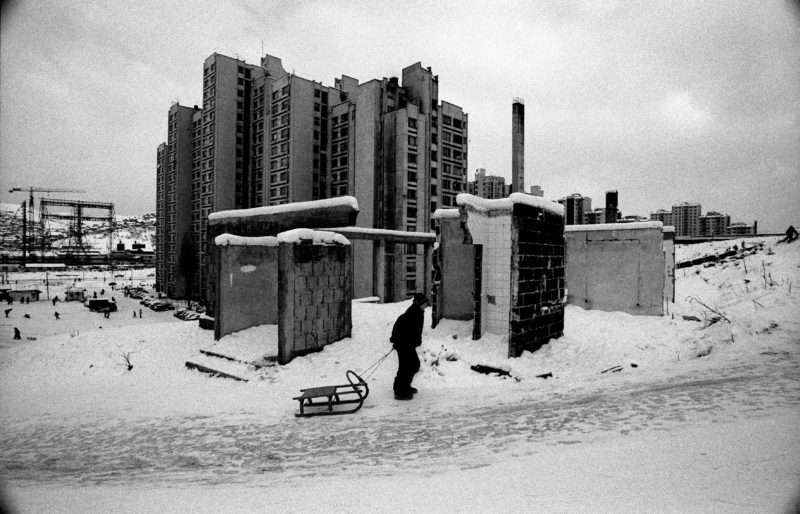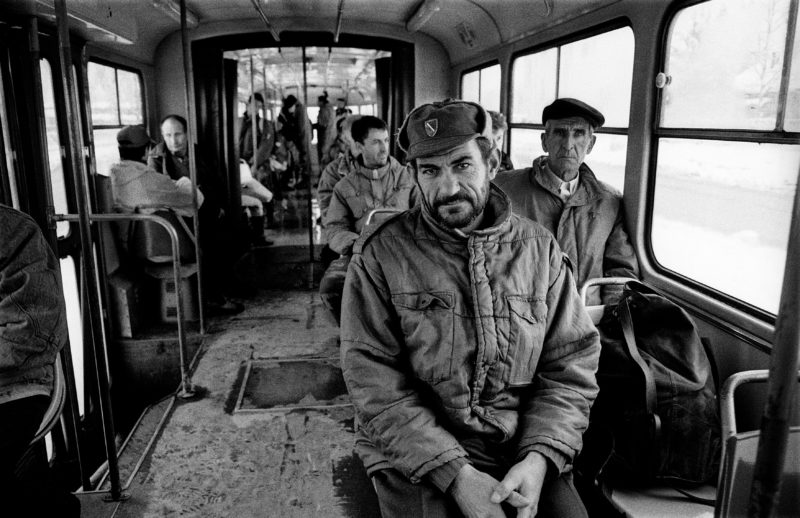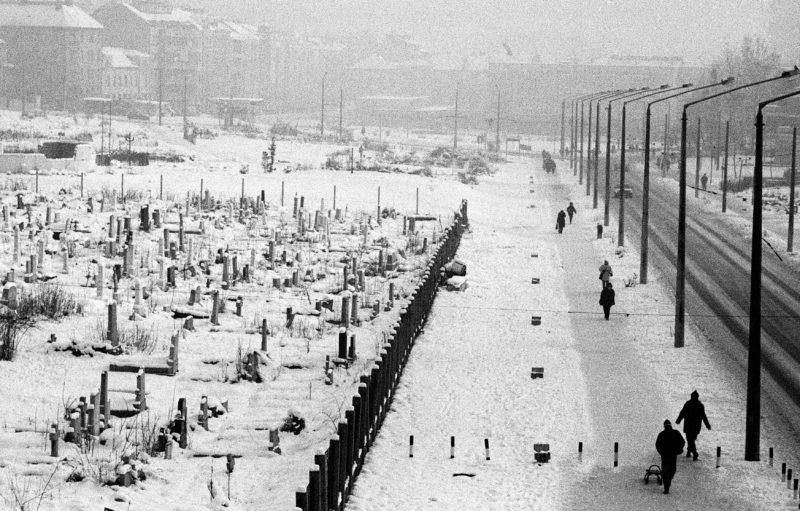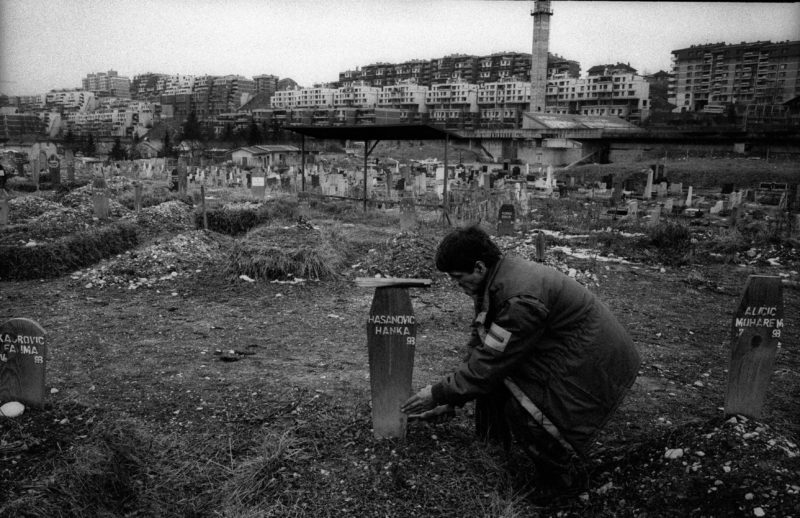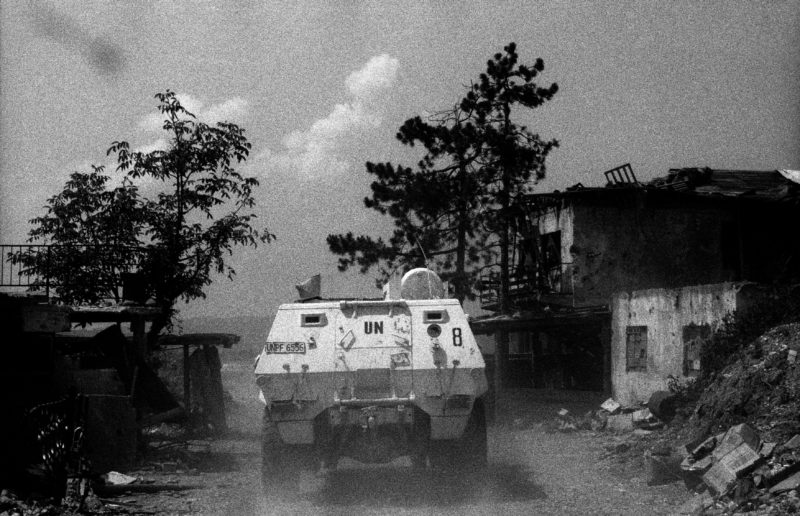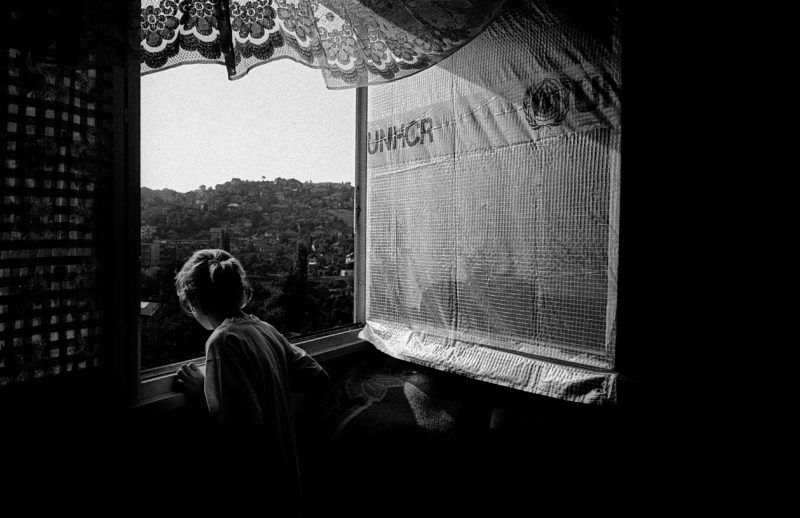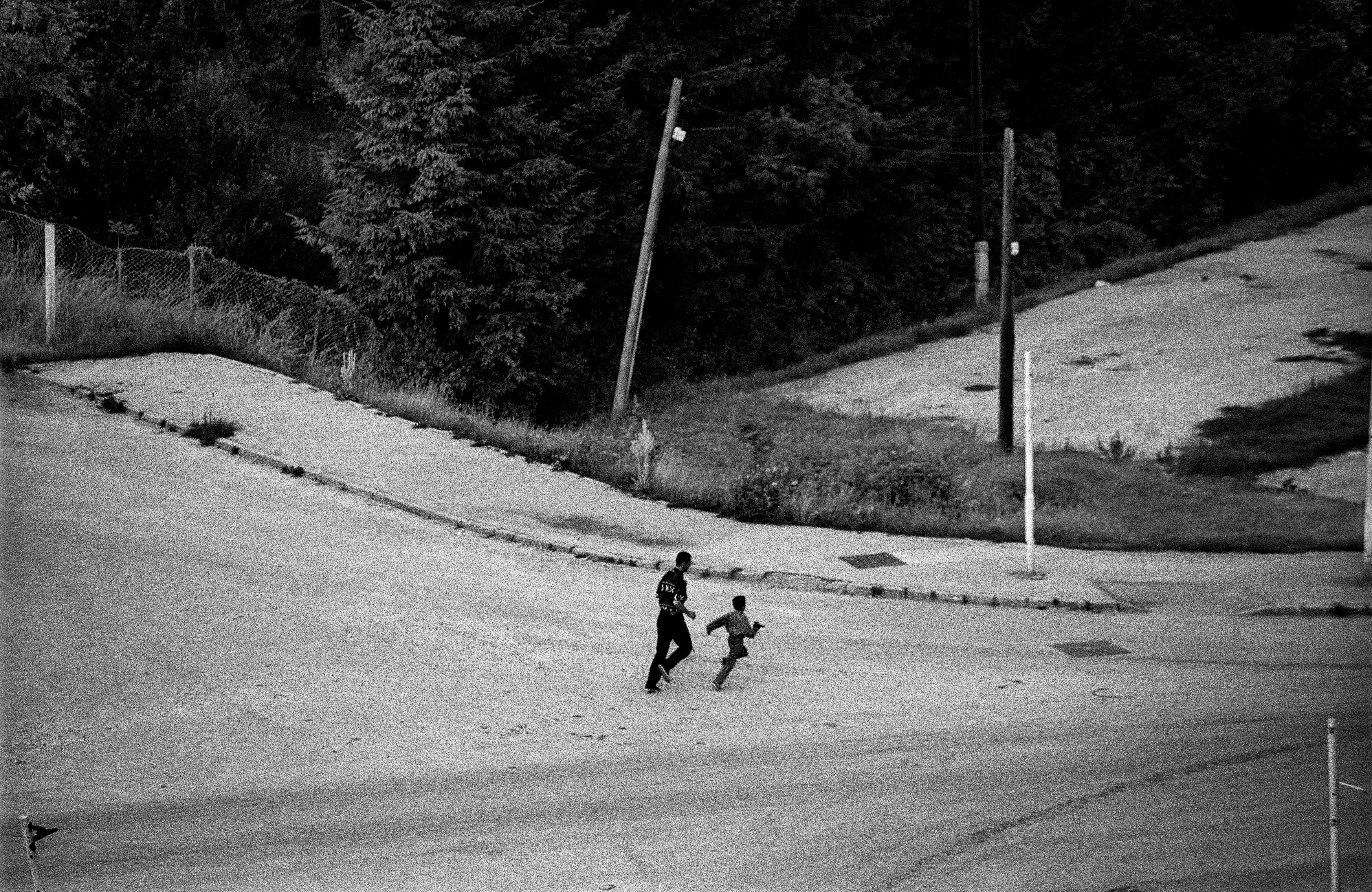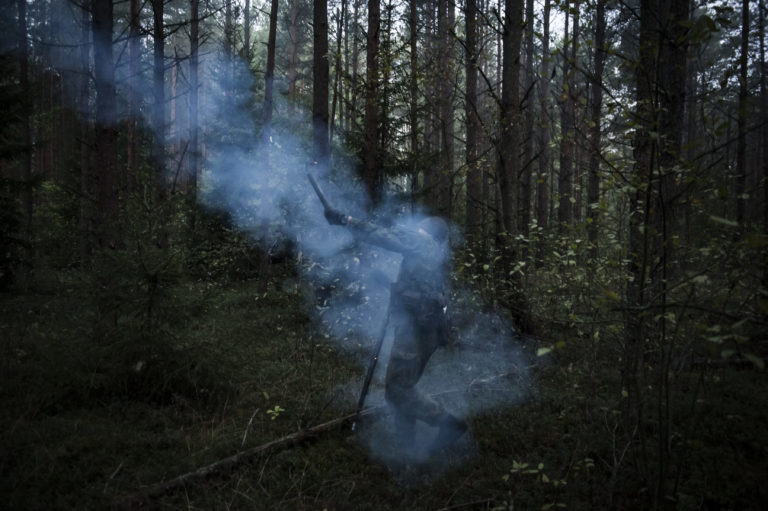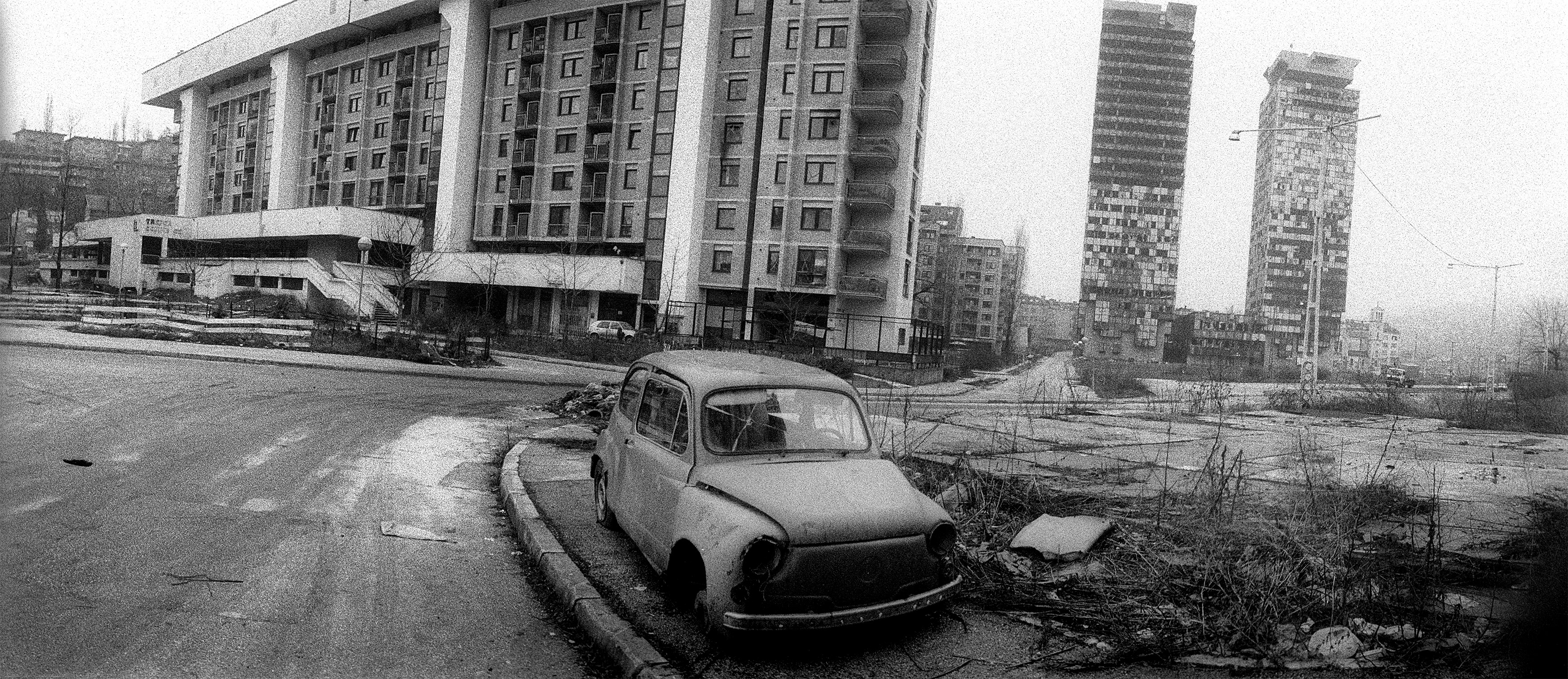
The siege of Sarajevo, the capital of Bosnia and Herzegovina, was the longest siege of a capital city in the history of modern warfare. After being initially besieged by the forces of the Yugoslav People's Army, Sarajevo was besieged by the Army of Republika Srpska from 5 April 1992 to 29 February 1996 (1,425 days) during the Bosnian War. The siege lasted three times longer than the Battle of Stalingrad and more than a year longer than the siege of Leningrad. When Bosnia and Herzegovina declared independence from Yugoslavia after the 1992 Bosnian independence referendum, the Bosnian Serbs—whose strategic goal was to create a new Bosnian Serb state of Republika Srpska that would include Bosniak-majority areas—encircled Sarajevo with a siege force of 13,000 stationed in the surrounding hills. From there they assaulted the city with artillery, tanks, and small arms. From 2 May 1992, the Serbs blockaded the city. The Bosnian government defence forces (ARBiH) inside the besieged city, approximately 70,000 troops, were poorly equipped and unable to break the siege. A total of 13,952 people were killed during the siege, including 5,434 civilians. The ARBiH suffered 6,137 fatalities, while Bosnian Serb military casualties numbered 2,241 soldiers killed. The 1991 census indicates that before the siege the city and its surrounding areas had a population of 525,980. There are estimates that prior to the siege the population in the city proper was 435,000. The estimates of the number of persons living in Sarajevo after the siege ranged between 300,000 and 380,000. After the war, the International Criminal Tribunal for the former Yugoslavia convicted four Serb officials for numerous counts of crimes against humanity committed during the siege, including terrorism. Stanislav Galić and Dragomir Milošević were sentenced to life imprisonment and 29 years imprisonment respectively. Their superiors, Radovan Karadžić and Ratko Mladić, were also convicted and sentenced to life imprisonment.
